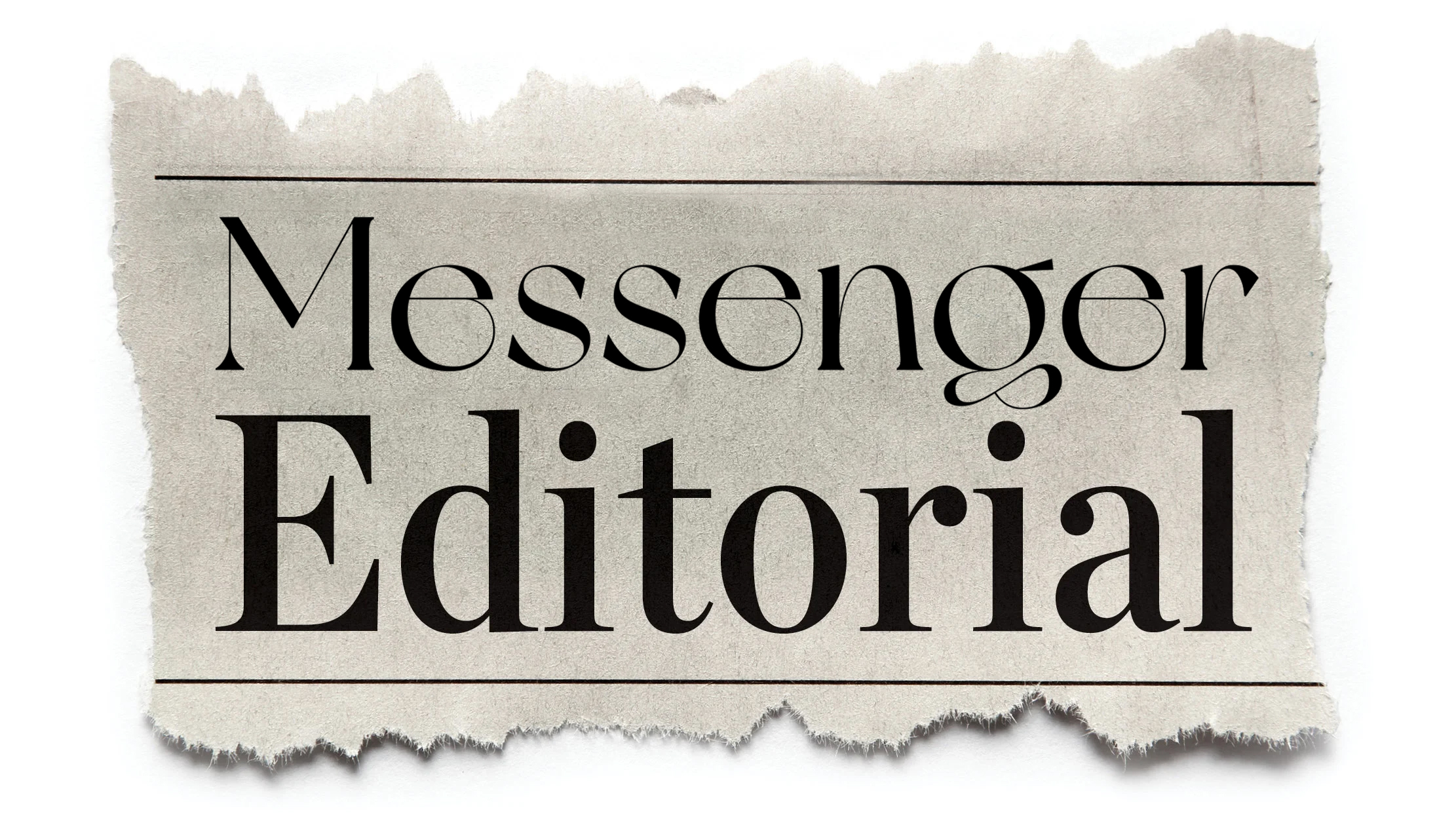In June, Governor Kathy Hochul (D) unexpectedly announced that the long-developed MTA congestion pricing tax plan was indefinitely shelved.
Hochul impressively managed to incense both sides of the political aisle, with Democrats panicking about their city’s crumbling mass transit system, and Republicans calling an election-season bluff on the Governor’s part. Both parties seemed to agree that allowing the plan to come to fruition would be politically inexpedient in a crucial, wild-card federal election that saw New York take a dramatic shift to the right.
As it turns out, all who called Hochul’s bluff, primarily Republicans, were vindicated by her latest turnaround. Congestion pricing is now back on for motorists heading into New York City. Come January, the taxes will begin at $9 per vehicle entering Manhattan south of 60th Street. By 2028, drivers will have to fork over $12 per vehicle per entry, with the plan culminating in its originally-intended $15 by the next decade.
It’s no secret that the MTA has been mismanaged for years and that New Yorkers are regularly bled like stuck pigs for every penny they have, despite Long Islanders living in one of the highest-taxed places on Planet Earth. We stick by our earlier words on this: the congestion tax is a slap in the face to a predominantly working-class state.
We’ve parsed through the 2024 election results tirelessly over the last two weeks, but it’s worth mentioning that Democrats’ have mistaken the New York electorate for people they are not. In fact, this argument could be made for Democrats nationally. They expected single-issue voters to win the swing states and hold the line the blue ones based on social issues.
But the candidate who is believed by the voters to be better equipped on handling the economy is usually the one who ends up getting elected.
It’s no secret that economics was key in this election, but perhaps nowhere else has that been so prominent than in New York’s numbers for Vice President Kamala Harris (D-CA). Democrats mistook a blue bastion like New York to be a progressive stronghold, rather than the working-class state it actually is.
Hochul and company’s misunderstanding of the electorate is what prompted the tectonic shift, and plans like congestion pricing are the prime suspects. While some Suffolk residents make six-figure salaries, and are still living paycheck-to-paycheck, we find it difficult to envision an environment in which economics is not the prime issue. While a $9 tax seems like a drop in the bucket, people in New York already feel as if they’re living under a microscope. Now, they have to cautiously plan around this tax, while workers, notably labor unions, are stuck between a rock and a hard place.
At this point, it doesn’t really matter if Hochul comes to terms with the moods of New Yorkers, because it seems as if this plan will go through. The $9 tax is already in line with federal approval. And if Albany can’t cut the waste, fraud, and abuse, such as legislative Democrats signing themselves large pay raises right before Christmas 2022, then the point is still moot. The tax will be implemented; otherwise, the MTA says services will have to be cut. The CEO of the MTA, Janno Lieber, makes almost $400,000 annually. We’re not typically in the business of judging peoples’ salaries, as, usually, the price tag can be justified. But if the MTA really is in this massive cash shortfall they’re claiming, and one that can only be rectified by higher taxes or decreased services, then they might need to look inward. It’s not necessarily that the price tag is high, but where is our return on investment? Why bilk the taxpayers out of pocket change when the MTA has executives who make almost as much as the president?
Furthermore, if an executive is paid such an exorbitant salary – which, at face value, could be justifiable with this role – then why should the burden of payment fall on the taxpayer? These executives, who are not lacking in administrative experience, should be able to figure out how to right their own ship. Working-class New Yorkers should not have to be the savior of a public benefit corporation managing the biggest transit system in the country.
But it’s more the principle of the matter with which we take most protest. In a heavily-taxed state where no services and agencies seem to improve in service and scope, why is New York coming for more of our tax dollars?




